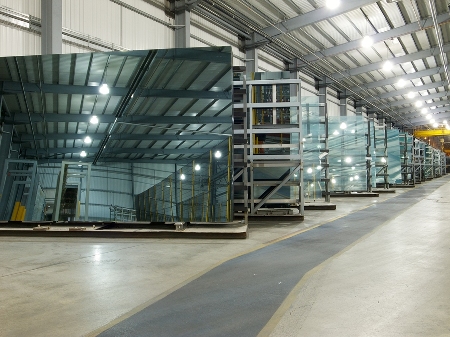The latest seasonally adjusted Australian PMI remained in negative territory across all the major activity sub-indexes. However, there was some improvement in new orders and employment with those sub-indexes contracting at a slower rate compared with December - 48.8 and 48.3 respectively.
Four sub-sectors recorded growth in January: food, beverages and tobacco (54.0); wood and paper products (61.9); petroleum; coal, chemical and rubber products (52.7); and non-metallic mineral products (57.6).
Australian Industry Group chief executive, Innes Willox said: "2014 looks to be another challenging year for many Australian manufacturers, although a handful of areas are showing some positive signs of growth. Non-metallic minerals - which includes key building materials such as glass, bricks and cement - has improved in response to the beginnings of a lift in residential construction.
Some encouraging signs are also evident in food and beverages manufacturing and in petroleum and chemicals manufacturing, possibly due to the lower Australian dollar over recent months.
"But our other large manufacturing sectors continue to struggle, despite the lower dollar and low interest rates. Muted local demand and a difficult export market means they are in no position to assume the lead in generating alternative sources of growth as the mining investment boom fades through 2014. We urgently need to invest in a more balanced and diversified growth path to smooth this transition and manufacturing will continue to play a key role in any such strategy," Willox said.
Australian PMI key findings for January
- The latest seasonally adjusted Australian Performance of Manufacturing Index (Australian PMI) was weaker in January - dropping a slight 0.9 points to 46.7 to remain below the 50 point level separating expansion from contraction
- January's Australian PMI marks the third consecutive month of contraction
- Production (45.2), stocks (40.1) and exports (34.1) were the weakest activity sub-indexes in January
- The relatively small wood and paper products (61.9) was the strongest performing sub-sector.
- The textiles, clothing, footwear, furniture and other manufacturing sub-sector recorded the lowest reading - 42.7
- The increase between wages and input costs appears to be increasing with the selling prices index declining further to 46.8 in January. Wages increased to 56.9 and input costs recorded 69.8









